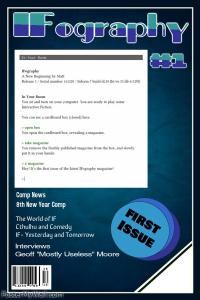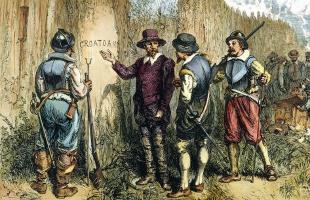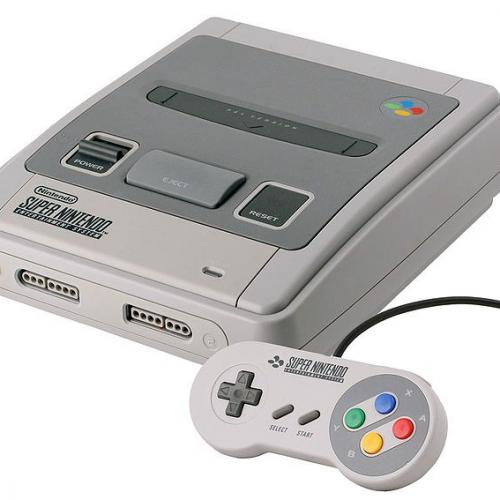Copy Link
Add to Bookmark
Report
The Phreakers Hanbook 05

Other Fone Information
======================
Voltages & Technical Stuff
--------------------------
When your telephone is ON-HOOK, there is 48 volts of DC across the tip
and the ring. When the handset of a fone is lifted a few switches close
which cause a loop to become connected between you and the fone company, or
OFF-HOOK. This is also known as the local loop. Once this happens, the DC
current is able to flow through your fone with less resistance. This causes
a relay to energize which causes other CO equipment to realize that you
want service. Eventually, you will end up with a dial tone. This also
causes the 48 VDC to drop down to around 12 VDC. The resistance of the loop
also drops below the 2500 ohm level; FCC licensed telephone equipment must
have an OFF-HOOK impedance of 600 ohms.
When your fone rings, the telco sends 90 volts of pulsing AC down the
line at around 15-60 Hz, usually 20 Hz. In most cases, this causes a metal
armature to be attracted alternately between two electromagnets; thus, the
armature often ends up striking two bells of some sort, the ring you often
hear when non-electronic fones receive a call. Today, these mechanical
ringers can be replaced with more modern electronic bells and other
annoying signaling devices, which also explains why deaf people can have
lights and other equipment attached to their fones instead of ringers.
When you dial on a fone, there are two common types of dialing, pulse
and DTMF. If you are like me, you probably don't like either and thought
about using MF or blue box tones. Dialing rotary breaks and makes
connections in the fone loop, and the telco uses this to signal to their
equipment that you are placing a call. Since it is one fone that is
disconnecting and reconnecting the fone line, if someone else picks up
another fone on the same extension, both cannot make pulse fone calls until
one hangs up. DTMF, on the other hand, is a more modern piece of equipment
and relies on tones generated by a keypad, which can be characterized by a
0,1,2,3,4,5,6,7,8,9/A,B,C,D keypad. Most fones don't have an A,B,C,D
keypad, for these frequencies are used by the telco for test and other
purposes.
Scanning Phun Fone Stuff
------------------------
Scanning is the act of either randomly or sequentially dialing fone
numbers in a certain exchange when you are looking for several different
things. These things could be carriers, extenders, ANI, "bug tracers,"
loops, as well as many other interesting "goodies" the fone company uses
for test purposes.
When scanning for carriers, your local BBS probably has some scanning
programs, as these became popular after the movie WARGAMES, but what these
do are to call every fone in an exchange, or a specified range of fone
numbers in certain exchanges to look for possible carriers and other
interesting computer equipment. So, if your computer finds a carrier, or
what seems like a carrier, it will either print it out or save it in some
file for later reference. With these carriers one finds, one can either
call them and find out what each is or, if one of them is interesting, one
can hack or attempt to break into some interesting systems available, not
to the general public, of course.
Scanning telephone "goodies" requires time and patience. These goodies
usually cannot be traced by most unmodified modems, as the frequencies and
voice transmissions cannot be differentiated from other disturbances, such
as the annoying operator saying, "We're sorry... blah blah..". Anyway, to
scan these, you usually get a regular carrier scanner and, with the modem
speaker on, sit by your wonderful computer and listen in on the scanning
for any interesting tones, voices, or silences, which could be telco fone
phun numbers, for us of course! Then write these down, and spread them
around, use, abuze, etc. if you dare. Anyway, most telefone goodies are
located in the 99xx suffixes of any fone exchange. If you found everything
you think in the exchanges you have scanned, try the 0xxx and 1xxx suffixes
in that order. You might even find loops, ANI, and other phun things if you
mess around enough.
References & Suggested Reading
==============================
The following is a list of references and suggested reading for the
beginning, as well as advanced phreak. See you local fone phreak for these,
or call your local phreak oriented BBS for information regarding these
publications.
2600 Magazine
Aqua Box, The
By Captain Xerox & The Traveler
Basic Alliance Teleconferencing
By The Trooper
Bell Hell
By The Dutchman & The Neon Knights
Better Homes And Blue Boxing
By Mark Tabas
BIOC Agent 003's Course In Basic Telecommunications
By BIOC Agent 003
History Of British Phreaking, The
By Lex Luthor & The Legion Of Doom
Home Phone Tips
By 13th Floor Enterprises
How To Build A Blotto Box
By The Traveler
How To Build A Cheese Box
By Mother Phucker
Introducing The Beige Box - Construction & Use
By The Exterminator and The Terminal Man
Integrated Services Digital Network [ISDN]
By Zander Zan
LOD/H Technical Journal
Loops I've Known And Loved
By Phred Phreak
PHRACK Magazine
Edited By Taran King and Knight Lightning UMCVMB
Phreakers And Hackers Underground Network [PHUN]
Edited By Red Knight
The Toll Center Bulletin Board System (718)358-9209
TAP - The Official Phreak Newsletter
Room 603
147 West 42nd Street
New York, NY 10036
........When You Need The BEST Of The Best........
....There Is NO Substitute....
----------------------
============================> PHORTUNE 500 <==============================
----------------------
These philes distributed in part by:
Skeleton Crue 415-376-8060 located out of Moraga, California.
!!Get on the band wagon before it RUNS YOU DOWN!!
Headquarters for Computer Hackers and Anarchists to Overthrow the State
(CH&AOS)

















